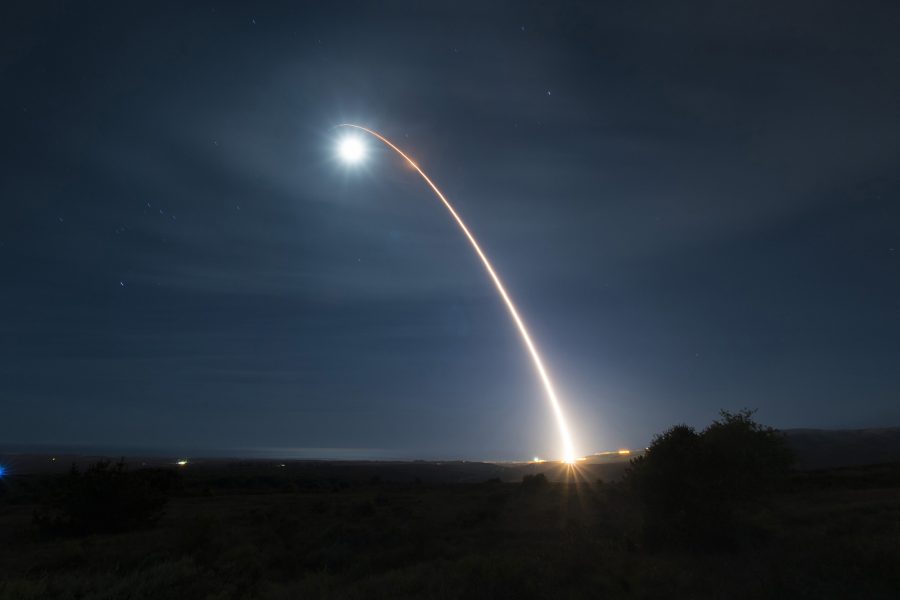Northrop Grumman’s design for a new nuclear-tipped intercontinental ballistic missile is moving forward after the Air Force signed off on the latest development milestone in November, the company announced Feb. 16.
The Ground-Based Strategic Deterrent will replace the aging Minuteman III nuclear missiles starting in the late 2020s. Northrop is now the sole company under contract to create the new fleet under a $13.3 billion engineering and manufacturing development (EMD) agreement awarded in September.
“Achieving this milestone demonstrates our team’s commitment to deliver a safe, secure, and reliable system to the U.S. Air Force on schedule and on budget,” Steve Lunny, Northrop’s vice president for the GBSD program, said in a release. “Our team is applying a digital engineering approach that will produce a modern strategic deterrent capability for our nation and its allies.”
The EMD phase encompasses total system design, qualification, testing, and certification. It is the final major design effort before the military decides to begin production.
The company passed a benchmark known as the EMD baseline review, which looks at whether a program is on track to meet a basic set of technical user requirements, data, and configuration specifications. The review is the first step toward handing over responsibility for those criteria to the Air Force.
Up next is the integrated baseline review, which “sets the program’s performance measurement baseline,” according to Northrop. The company did not say when that next check-in is scheduled, but said the program is on track to meet it.
Northrop is slated to build about 660 of the missiles to replace 50-year-old ICBMs at Air Force bases across Montana, North Dakota, Wyoming, Nebraska, and Colorado. Bloomberg reported in October the decades-long effort could cost as much as $264 billion, including operating and supporting the weapons in their silos. That doesn’t include warhead development valued at nearly $15 billion.
The U.S. has 400 ICBMs ready to fire if needed at any given time. Some of the other missiles purchased will be unarmed versions used for testing.
GBSD should be ready for operations starting in 2029, though Northrop and the Air Force will continue swapping out missiles into the 2030s.
